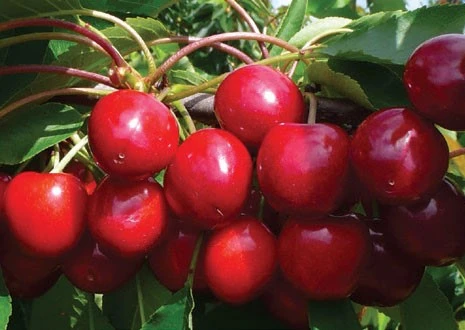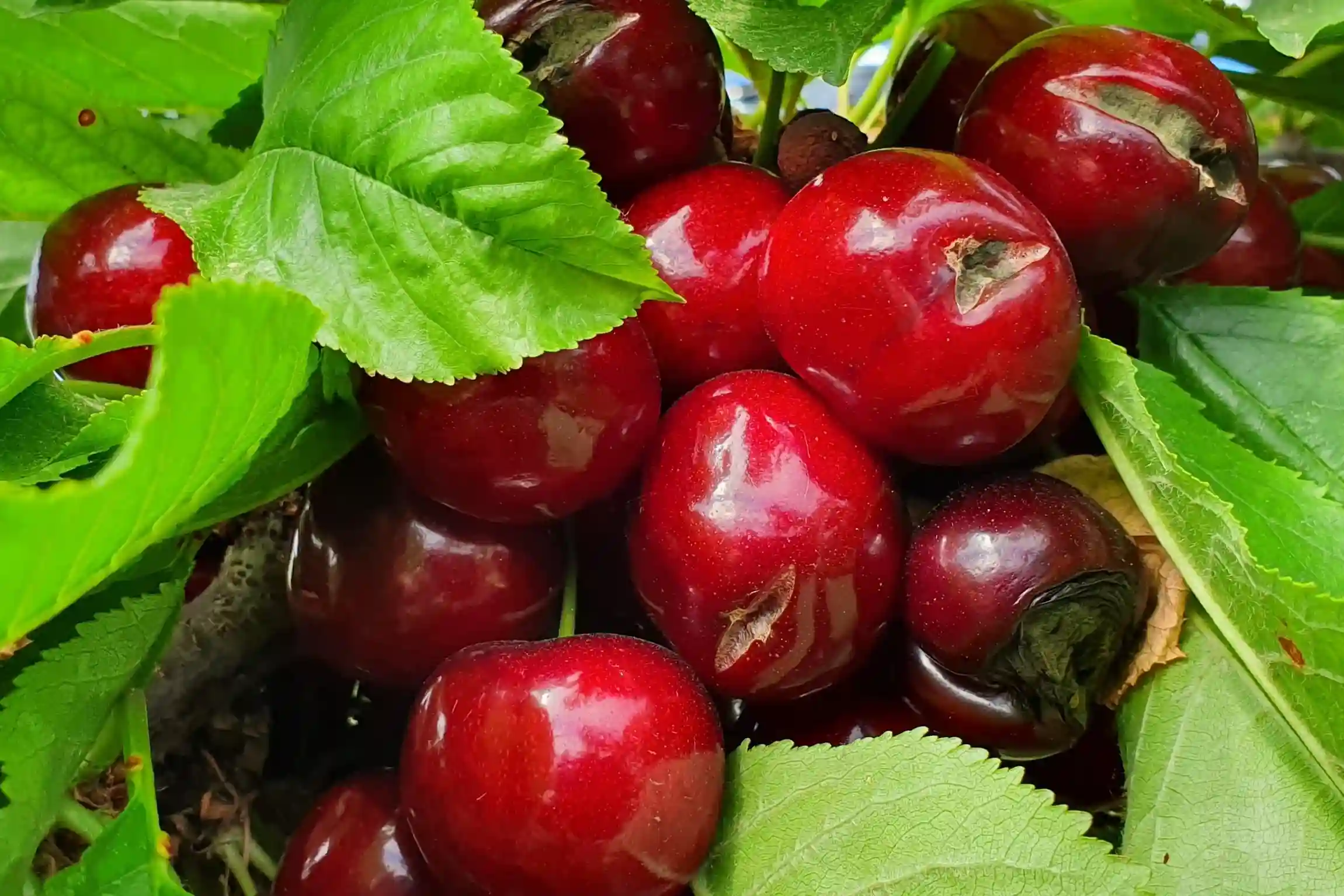Leucoptera malifoliella, known as pear leaf blister moth, is a micromoth belonging to the Lyonetiidae family, widespread throughout Europe and Asia.
It is a polyphagous species that mainly attacks plants in the Betulaceae and especially Rosaceae families, such as apple, pear, cherry, quince, and plum, causing considerable damage.
This insect is a leaf miner: its larvae tunnel through the leaf mesophyll, reducing the plant’s photosynthetic capacity and causing premature leaf fall, which negatively affects fruit yield and quality.
Case study in urban orchards
A recent study conducted in an urban sweet cherry orchard in Cluj-Napoca, Romania, analyzed in detail the population dynamics and impact of Leucoptera malifoliella over two consecutive years, 2021 and 2022, on two cultivars: “Regina” and “Kordia”.
Observations were carried out using “AtraSCIT” pheromone traps, which attract and capture adult males of the species.
In 2021, three generations of the insect were recorded, while in 2022 only one, highlighting an effective population reduction attributed to the targeted use of pheromone traps.
Flight patterns and damage levels
The first flight of the overwintering generation began in May, with the peak recorded about 2–3 weeks later.
Subsequent generations followed the same temporal pattern, with a progressive increase in the frequency and intensity of attacks.
Data show that in 2021, the frequency of affected leaves reached 23.64% in the “Kordia” variety and 19.04% in “Regina”, with attack intensity reaching up to 90% by the end of the season and leaf damage levels of 21.27% and 17.13%, respectively.
On average, 7 mines were counted per leaf, with peaks of up to 23 mines in “Regina” and 28 in “Kordia”.
Effectiveness of traps and conclusions
In 2022, thanks to the effectiveness of the traps installed the previous year, pest pressure was drastically reduced.
The frequency of attacks dropped to below 5%, with intensity ranging from 60% to 70%, and total damage levels below 3.5%.
While mines are typically circular on other host plants, they appeared oval and elongated on sweet cherry trees, reaching up to 25 mm (2.5 cm) in length.
Moreover, researchers observed that the first two generations pupated on leaves and fruits, while the third preferred more sheltered areas such as bark, buds, and branches, aiding overwinter survival.
 Figure 1. Leucoptera malifoliella young larva, dorsal
Figure 1. Leucoptera malifoliella young larva, dorsal
The results indicate a slightly higher vulnerability of the “Kordia” variety compared to “Regina”, especially during summer, although the difference was not statistically significant by the end of the growing season.
Additionally, a negative correlation was observed between temperature and the number of adults caught, suggesting that the insect favors cool, humid conditions for its activity.
In conclusion, Leucoptera malifoliella can damage up to 70% of the leaf surface, significantly reducing yield.
Therefore, it represents a serious threat to sweet cherry trees, particularly in urban areas where natural enemies are less present due to the reduction of green spaces.
However, this study demonstrates how pheromone-based monitoring strategies can effectively control pest populations.
Early detection is indeed essential for proper integrated pest management.
Source: Hulujan, I. F., Borsai, O., Oltean, I., Hulujan, I. B., Mitre, V., Lukacs, L., & Cordea, M. I. (2024). Population dynamics of Leucoptera malifoliella costa in cherry orchard from Cluj county. Scientific Papers. Series B. Horticulture, 68(2).
Image source: Ilia Ustyantsev, Wikimedia; Tony Prichard
Andrea Giovannini
University of Bologna (ITA)
Cherry Times - All rights reserved













